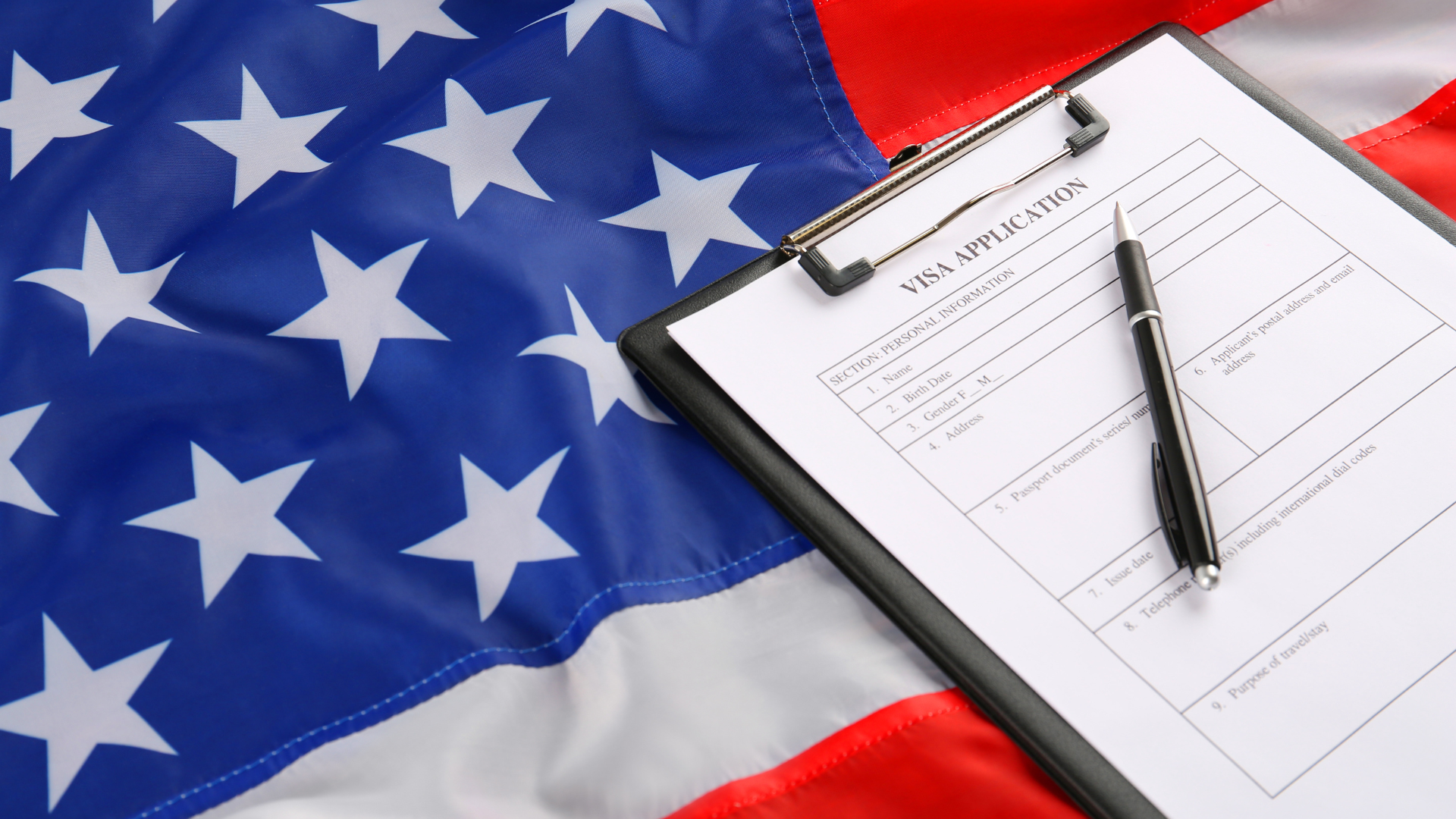Hey there, Future U.S. Explorer! Are you ready to embark on a grand adventure to the United States with your family? 🌟🇺🇸🚀
This guide aims to explore the O-3 visa, designed specifically for the dependents of those holding certain work visas. We will provide a detailed overview of how to navigate the O-3 visa application process smoothly, ensuring a successful and stress-free transition to life in the United States.
Understanding the O-3 Visa
The O-3 visa is designed for immediate family members of O-1 or O-2 visa holders, who are typically individuals with extraordinary abilities or achievements. As a derivative visa, O-3 allows spouses and children under 21 to join the primary visa holder in the United States. Before diving into the application process, it’s essential to grasp the fundamentals of the O-3 visa, including eligibility criteria and its limitations.
Researching and Preparing for the Application
Knowledge is power. Start by researching the specific requirements for the O-3 visa. Understand the documentation needed, the processing times, and any recent updates to immigration policies. A well-informed applicant is better equipped to navigate the often intricate U.S. immigration landscape.
Consider consulting online resources, forums, or seeking advice from individuals who have undergone a similar process. Real experiences shared by others can offer valuable insights into potential challenges and solutions.
Formulating a Comprehensive Application Package
Building a robust application package is the cornerstone of a successful O-3 visa application. Gather all necessary documents, ensuring they are up-to-date and accurately reflect your familial relationship to the primary visa holder. This may include marriage certificates, birth certificates for children, and evidence of the primary visa holder’s status.
Present your case clearly and concisely. Attach a cover letter highlighting the purpose of your stay, your ties to your home country, and your intent to comply with U.S. immigration laws. A well-organized and persuasive application package significantly enhances your chances of approval.
Attending the Visa Interview
The visa interview is a critical step in the application process. Prepare thoroughly by rehearsing potential questions and having all required documents at your fingertips. Be honest and concise in your responses. The goal is to convince the consular officer that you are a genuine visitor with no intention of violating the terms of your visa.
Remember, the interview is not an interrogation but an opportunity to demonstrate your eligibility and sincerity. Confidence, coupled with transparency, goes a long way.
Navigating Administrative Processing
After the interview, your application may undergo administrative processing. While this can be a nerve-wracking waiting period, it’s essential to remain patient. Monitor the status of your application online and resist the urge to inquire about its progress unless a significant amount of time has passed.
Administrative processing is a standard part of the immigration procedure and often serves to ensure the accuracy and legitimacy of your application.
Preparing for Arrival in the United States
The moment your visa is granted, the thrill of starting a new chapter in the United States begins. It’s beneficial to research and learn about the city or region you’re moving to. Familiarize yourself with the local facilities, cultural norms, and available amenities. Additionally, getting involved in expatriate networks or local community groups can be a great way to settle in and form connections in your new home. This preparation eases the transition and helps you feel more at home from the moment you arrive.
Ensure that you have health insurance coverage in place and that your financial arrangements are sorted. Having a plan for your initial days in the U.S. can significantly reduce the stress of the relocation process.
Adjusting to Life in the United States
The first few weeks in a new country can be both thrilling and challenging. Embrace the cultural differences, explore your surroundings, and connect with other expatriates. Joining local clubs or social groups can provide a support system and facilitate a smoother integration into American society.
Consider enrolling children in local schools and explore educational opportunities. Understanding the educational system and extracurricular activities available will aid in the adjustment process for both parents and children.
Maintaining O-3 Status and Extensions
Compliance with U.S. immigration laws is crucial for maintaining your O-3 status. Stay informed about any updates or changes in regulations that may affect your visa status. Be proactive in seeking extensions if your stay needs to be prolonged, ensuring that you submit extension applications well in advance of the visa expiration date.
Keep a record of your visa status, extensions, and any changes in family circumstances that might impact your immigration status.
Addressing Common Challenges and Concerns
Navigating a new country comes with its share of challenges. Language barriers, cultural differences, and homesickness are common experiences. Seek support from local communities, explore cultural exchange programs, and consider language classes to ease these challenges.
Conclusion
The journey from overseas to an O-3 visa holder is a transformative experience filled with opportunities for growth and discovery. By understanding the intricacies of the application process, preparing comprehensively, and remaining adaptable, you can embark on this adventure with confidence. Remember, each challenge is an opportunity to learn and thrive in your new American home.







